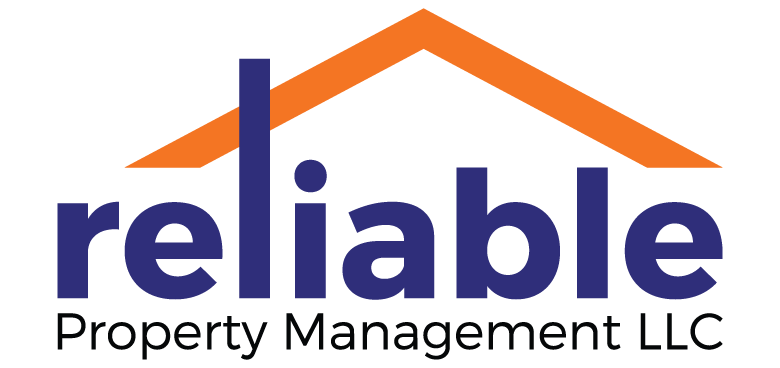In the world of property management and preservation, maintaining outdoor spaces goes beyond mere aesthetics; it's a strategic investment in preserving property value, enhancing curb appeal, and fostering tenant satisfaction. Lawns and landscaping play a pivotal role in shaping the overall impression of a property, making lawn maintenance an essential component of effective property management and preservation strategies. In this blog post, we'll explore the importance of lawn maintenance in the property management and preservation industry and share insights on best practices for nurturing healthy, vibrant lawns that contribute to the long-term success of real estate assets.
The Significance of Lawn Maintenance in Property Management:
1. Curb Appeal: A well-maintained lawn creates a positive first impression for potential tenants, buyers, or visitors, enhancing the overall curb appeal of a property and attracting interest from prospective occupants.
2. Tenant Satisfaction: For tenants, outdoor spaces are an extension of their living environment, providing opportunities for relaxation, recreation, and socializing. A lush, inviting lawn enhances tenant satisfaction and reinforces a sense of pride in their residential community.
3. Property Value Preservation: Properties with attractive landscaping and well-kept lawns command higher market value and rental rates compared to those with neglected outdoor spaces. Regular lawn maintenance helps preserve property value and protect the owner's investment over time.
4. Environmental Benefits: Healthy lawns contribute to environmental sustainability by reducing soil erosion, capturing carbon dioxide, improving air quality, and providing habitat for wildlife. Sustainable lawn maintenance practices minimize water consumption, chemical use, and environmental impact.
Best Practices for Lawn Maintenance in Property Management:
1. Regular Mowing: Maintain a consistent mowing schedule to keep grass at an appropriate height for its species and growing conditions. Mow lawns at the recommended height to promote healthy root development and discourage weed growth.
2. Proper Watering: Water lawns deeply and infrequently, preferably in the early morning or late evening to minimize evaporation and maximize absorption. Use irrigation systems or sprinklers with adjustable settings to ensure even coverage and efficient water use.
3. Fertilization: Apply fertilizers strategically to provide essential nutrients that promote healthy grass growth and vibrant color. Choose fertilizers formulated for specific grass types and soil conditions, and follow recommended application rates to avoid over-fertilization.
4. Weed Control: Implement integrated weed management strategies to prevent weed infestations and minimize the use of herbicides. Manual removal, mulching, and selective herbicide application can help control weeds while preserving lawn health.
5. Pest Management: Monitor lawns for signs of pests such as insects, rodents, or disease, and take appropriate measures to control infestations while minimizing environmental impact. Integrated pest management approaches prioritize non-chemical control methods and targeted treatments.
6. Aeration and Overseeding: Periodically aerate compacted soils to improve air, water, and nutrient penetration to the grassroots. Overseed lawns with high-quality grass seed blends to fill in bare patches, improve density, and enhance overall lawn health.
Conclusion:
Lawn maintenance plays a crucial role in property management and preservation, contributing to curb appeal, tenant satisfaction, property value preservation, and environmental sustainability. By implementing best practices for lawn care, property managers can cultivate healthy, vibrant lawns that enhance the overall appeal and long-term viability of real estate assets. Investing in lawn maintenance isn't just about keeping grass green—it's about nurturing green assets that enrich communities, attract tenants, and sustainably preserve property values for years to come.


